I am busy at the moment working on a Master of Educational Technology (MET) at UBC, with a focus towards using what I learn through this Master’s towards our team’s storytelling, my speaking, and the teaching I do – both online and offline. With this there are four core courses to the Master’s:
- ETEC 500: Research Methodology in Education
- ETEC 510: Design of Technology-Supported Learning Environments
- ETEC 511: Foundations of Educational Technology
- ETEC 512: Applications of Learning Theories to Instruction
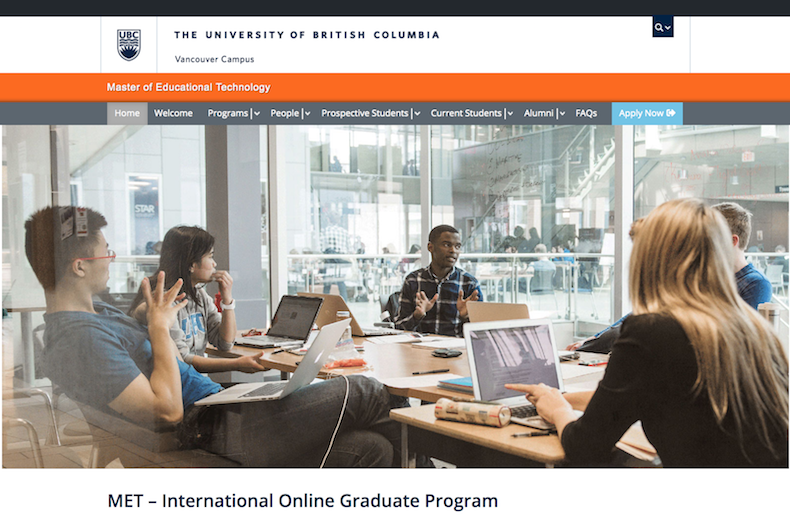
Over the next few weeks, I will be blogging here about my thoughts and reflections with regards to the various things that I am learning about as I work through the ETEC 500 course content.
My hopes for this course?

Ultimately, I am hoping ETEC 500 helps me to better organize my thoughts and academic writing for the ETEC 580 projects that I intend to do throughout my MET Program. Also I am hoping that it will be a good reminder to me of what is expected in terms of academic writing.
The latter is also a fear of mine, as the reason I was able to figure out how utilize the digital sphere to tell stories in different ways, allowing the community to feel a part of those stories and create storyworlds, is that I let go of the conventional rules of mainstream media and approached the space in a creatively scientific manner. This meant following my intuition, whilst constantly experimenting and applying the scientific method to the things my team and I try. As I write this, I think, maybe I don’t need to be so worried about that in a course that explores research, but then the reason why I do is that my perception of academic writing has always been one of formality and rigid rules, even though when I look at it, it is research and scientific inquiry that has allowed my creative career to blossom. Something to mull over, I guess, as dive further into this course.
Research Interests
One of the first things we’ve been asked to do in this course, is to create a concept map to explore research areas of interest to us. I first did this a year ago, before I had to hit pause on the course due to a concussion.
In looking back, here were my research interests a year ago:
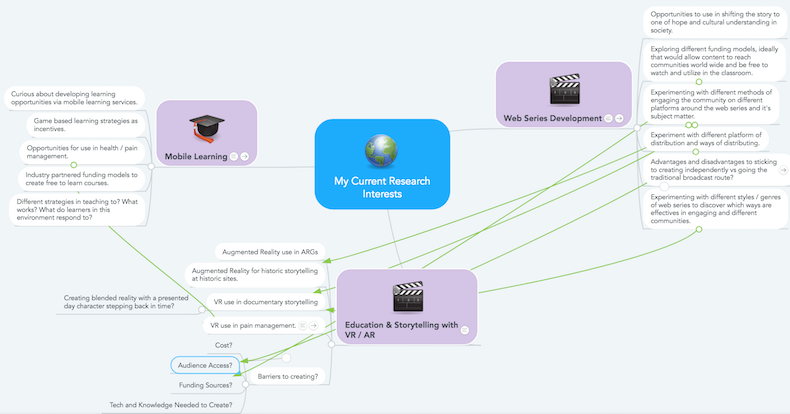
The process of creating this concept map and thinking about it, very much helped me solidify the directions of my research interests, and encouraged me to act on them to further my team’s work with StoryToGo and our web series, to start speaking more internationally again, and to ease back into my Master’s course work through ETEC 580 projects.
Sustainable Funding Research
In looking at this, I decided to start with ‘exploring different funding models, ideally that would allow content to reach communities world wide and be free to watch and utilize in the classroom.’ The question of sustainable funding is an important one for myself and my team at Ahimsa Media in funding our web series and other educational storytelling projects. It is also an area that we hope to be able to demonstrate to our media students at BCIT, as well as the broader storytelling community, that there is an alternative to the coveted broadcast contract, and that broadcast contracts are not a mark of merit or success for your ideas and creations. There are alternatives to creating and to financial success in creating.
Given that I decided to focus my first ETEC 580 project on ‘Sustainable Funding Models for Free and Open Educational Resources and Educational Based Storytelling Projects’ and interview a number of educational based storytelling creators on the funding models behind their projects. With this, as I was already going to be in Europe in April to speak in Switzerland, I pitched 4 talks to the OER19 Conference in Galway, Ireland to use as a deadline for getting much of this research done. In pitching these talks, as I like working with others, I invited both my colleague Lori Yearwood and my past BCIT student and fellow MET student Mary McDonald to be a part of the talks and the research with me. All four talks were accepted, but due to scheduling difficulties we only ended up giving 3 of the talks:
- Open Educational Resource Funding Models and Case Studies (a research talk given by Mary McDonald and I, with Lori Yearwood’s help on the research)
- Finding Funding and Building Sustainability Around Arts and Environmental Storytelling (a workshop given by Mary McDonald and I)
- A Tale of Resilience: Turning ‘Nos’ Into an Internationally Award Winning Web Series – Naturally Ours: A Case Study (a case study shared by Lori Yearwood and I)
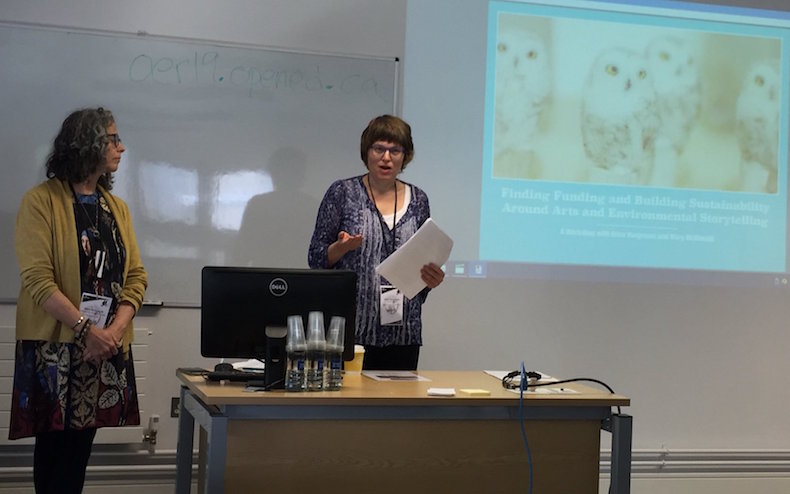
OER19 was a great experience, and we greatly benefited from the advice that our ETEC 580 Supervisor and eCampus Ontario CEO David Porter gave us into the various groups of thought in the open education community. While this conference introduced us to the interesting and creative work that people from around the world are doing in education, and more specifically around open education, the most beneficial part for me was meeting the people there, and beginning to build relationships with people whose work I now follow. Many of those individuals I have David Porter and MET Alumna and Faculty-wide Programs Instructional Specialist Yvonne Dawydiak to thank for introducing us to leading up to the conference (and the fact that MET Alumna Danielle Dubien decided to become our conference wing woman, certainly did not hurt either).
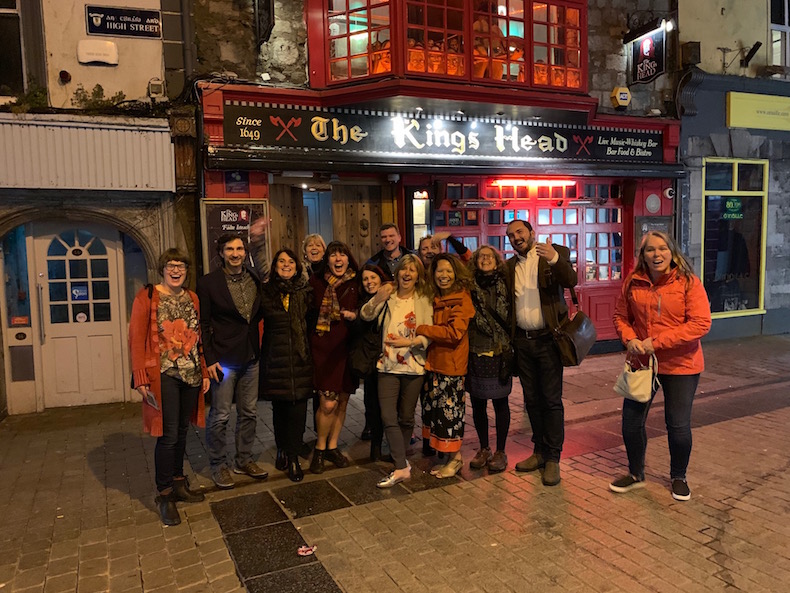
We’ve really enjoyed the research and interviews we’ve done as a part of this ETEC 580 project, and as one of Lori’s and my goals with StoryToGo has been to provide useful case studies for other storytellers and educators, we will likely continue to add to these case studies over time. Recently, we have designed a new site for StoryToGo to house these case studies on sustainable funding, and Mary has posted the first four case studies based on interviews she conducted. In the coming weeks, you will find additional case studies on the site, from interviews that Lori and I conducted, and we will be releasing the interviews themselves, vlogcast-style to a new YouTube Channel that we are building for StoryToGo.
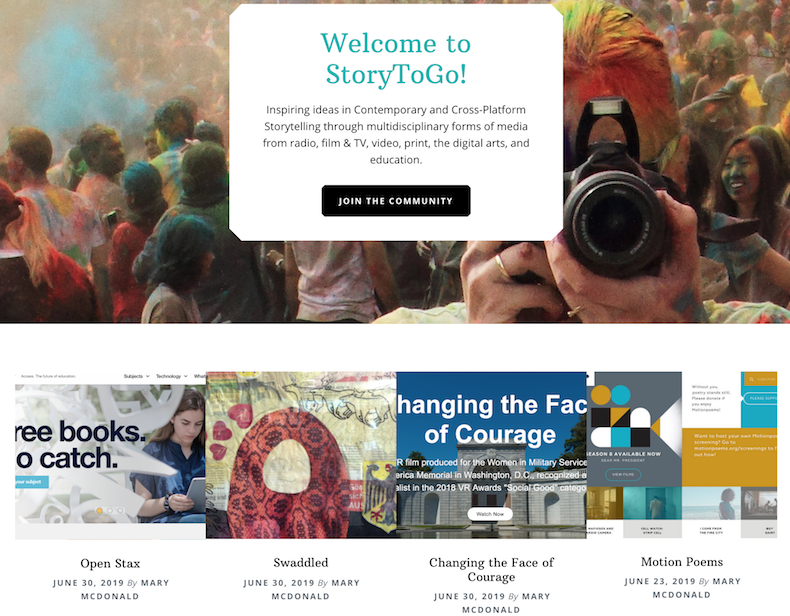
From this research, we also identified a problem within the Open Educational Community, that we pitched and has been accepted to the OE Global 2019 Conference. The action lab that we pitch is Lori’s idea and is entitled ‘Drawing Eyes and Building Awareness Around OERs’. You can read the abstract below:
While the Open Educational Resource (OER) community does a wonderful job of engaging with one another online, open educational resources are difficult to find, much of the conversation and resource building is limited to academia, and the broader educational and content creation communities are unaware of OERs and the OER community. For OERS to become more mainstream, we need to engage educators and content creators beyond academia in the conversation. We need to stop limiting our conversation to educational silos defined by what type of institution or organization that we work within. In addition, we need to make OERs easier to find. While there are some wonderful initiatives happening to aggregate and spread OER content, like the OER World Map and Open Education Week, we need to look at ways to increase the conversation around OERs in an ongoing manner throughout the year, in conversations with the broader educational and content creation communities. By improving the visibility to platforms that are aggregating OERs and broadening the conversation around OERs into expanding network of educators, we make OERs easier to find, and hopefully encourage a broader group of educators and content creators to contribute OERs to OER aggregators.
Our goal in this session is to come together to start planning ways to bring OERs into broader conversations amongst educators and content creators.
XR (VR, AR, MR) Research
As I have been working on the above research, I have also been slowly easing into my next ETEC 580, which I am using to help answer questions and design our approach on how best to structure some educational storytelling pieces around World War II that will help to better connect school children with the DDay Landings at Juno Beach and the Normandy Campaign. We’ve been looking to AR, VR, and web series to find creative solutions for this, with artifacts designed for family audiences that we could leave throughout the Maple Leaf Trails in Normandy, as well as storytelling pieces that could transport Canadian school children from their classrooms through time and space to Normandy, both in present day and to the Spring / Summer of 1944. In approaching this, I have begun by gently (given the concussion) immersing myself in and exploring XR (AR, VR, and MR). Part of this was attending last summer’s MET Summer Institute, EDUC 490V: VR Viewpoints on a New Medium and various XR events in the community when possible, focusing some of our ETEC 580 Sustainable Funding interviews on educational XR projects, doing some on the ground research in Normandy (in between talks in Ireland and Switzerland), and using our travel journalism work to explore a few educational XR experiences (to see what we like and don’t like about some of things that currently exist, and use those experiences to help to further shape the direction of the AR and VR experiences that we are looking to create).
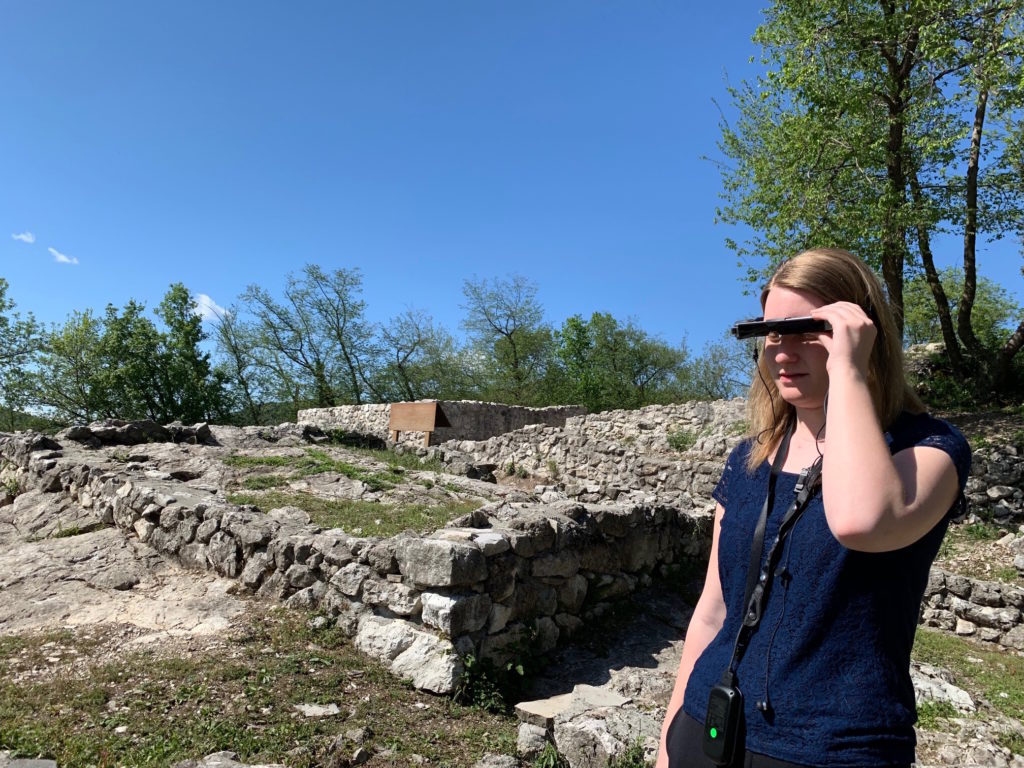
Now, as I mentioned above, it helps my team and I in our work to create deadlines, usually in the form of something public that we are working towards. Thus, I also pitched and had accepted a research talk at the OE Global 2019 Conference on the XR research I have been doing around educational and storytelling XR projects. The talk is entitled ‘Challenges and Solutions to Creating Accessible OERs with AR, VR, and MR’. You can read the abstract below:
Augmented reality (AR), virtual reality (VR) and mixed reality (MR) are exciting technologies to explore in finding new ways to bring history, stories, science and the arts to life in a way that entertains, engages and ultimately educates students. While newer and sexier, these technologies are not the solution to every project. You must first ask yourself why AR, VR or MR? What problem would these technologies solve for you? Would another medium be more effective in reaching your goals? If AR, VR, or MR is the right fit for your project, then what are the AR, VR, or MR challenges in addressing the needs of your project – looking at everything from connectivity, to ease of use, to comfort, to hardware, to funding …etc?
To aid in answering these questions, we explore case studies from a number of organizations, around the world, using AR, VR, and MR as educational solutions. In the process we will examine the challenges and successes that they have had with these technologies. Additionally, we will explore their decisions in making their creations open, free, or restricted, and why.
My plan is to use presenting this research as Stage 1 for my next ETEC 580 project, with Stage 2 being to properly write up our own AR and VR solutions for the WWII project for grant applications.
In re-approaching this course, a year later, I decided to create a fresh concept map on my research interests, in order to reflect on where I am at with all of this at the moment. You can see my current research interests below:
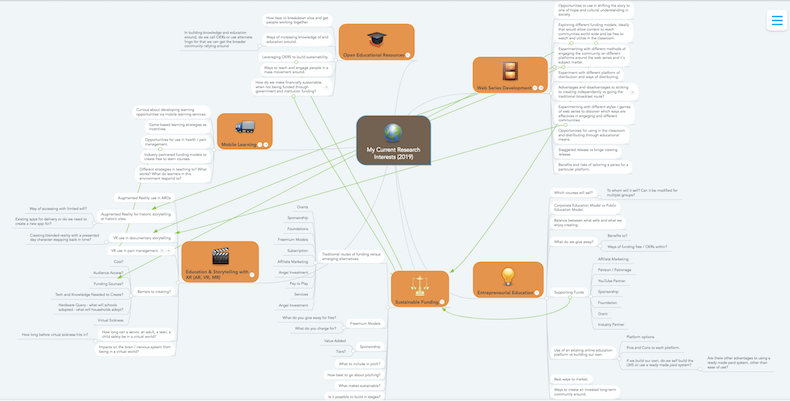
Thanks for joining me on this journey into research methodologies in education and research for the sake of my own interests. Please share any thoughts or research interests of your own that you may have, in the comments below.
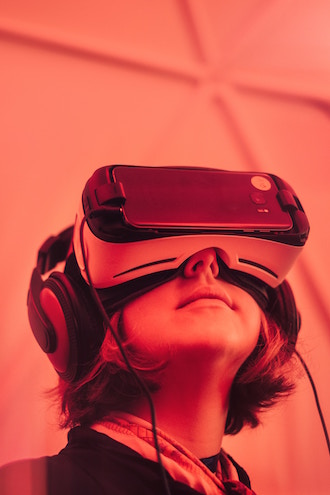
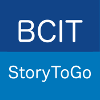
“Discover the best in fashion, lifestyle, and more at Marooned! Check out our latest trends and tips at maroonedbd.com.”